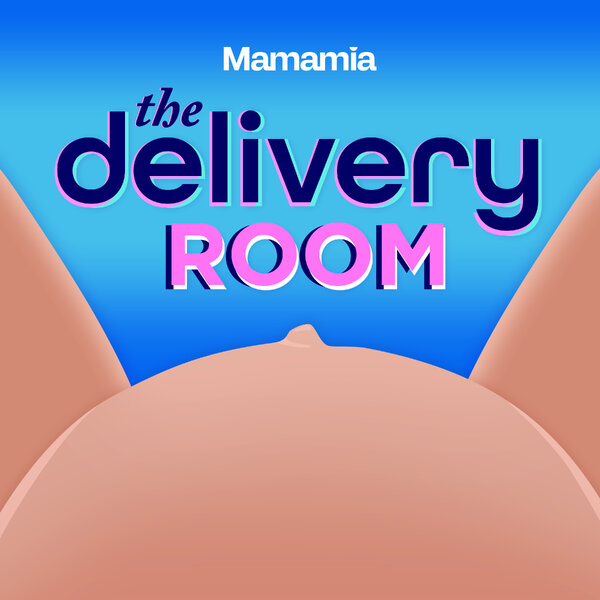On 2 July 2018, the Government will be rolling out the New Child Care Package, designed with all families and children in mind for the early learning and workforce participation opportunities the system should provide.
It’s an understanding that many parents, in a variety of different circumstances, need more support for their workforce participation. And equally, ensuring that all children have the opportunity for the early education benefits on offer.
It’s important for families, including those in family scenarios outside the nuclear norm, to understand how the Package will work for them. Here, Simon Birmingham, Minister for Education & Training, explores the many family and care-giving scenarios the new Package supports:
Australians need a child care and early learning system that recognises and benefits all parents in the 21st century. Australians want a system that supports parents working or re-entering the workforce, not one that acts as an impediment to returning to work. Australians also want to see grandparents, who care for their grandchildren in circumstances where parents cannot, adequately supported.
As I’ve written here before, under the New Child Care Package, the current Child Care Benefit and Child Care Rebate will be replaced by a single, simplified Child Care Subsidy.
And, most importantly, the annual cap on child care payments will be removed for families earning $186,958 or less. Under this new system, these parents will no longer have to stress about hitting a limit on their support. For families earning above this but below $351,248, the cap will be increased to $10,190 per child, per year.


Top Comments
All these scenarios, and still nothing for the many contract and casual workers out there.
I have yet to find any information - online or by talking to someone at Centrelink - on what happens to casual/contract workers who have a baby and take time off to look after it, whilst keeping elder children in daycare. If you are permanently employed, there is a maternity leave grace period where you won't be penalised, but if you aren't, there is no recognised maternity leave period. So if you don't continue to work while having a newborn and infant, you will lose your benefit.
HOW the government over-looked this scenario truly surprises me, given the large numbers of permanent employees out there, especially in female-centric professions such as nursing and teaching.